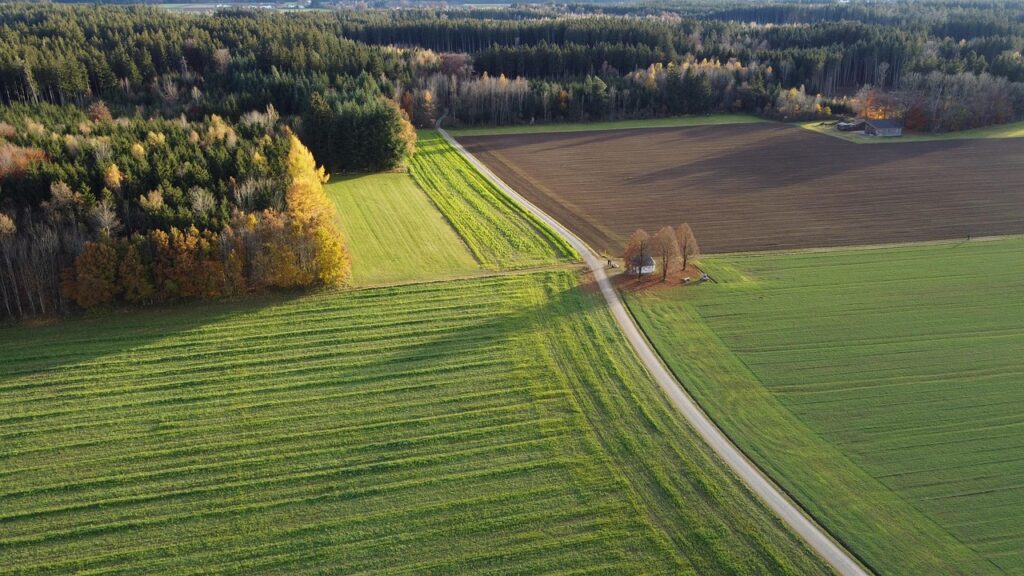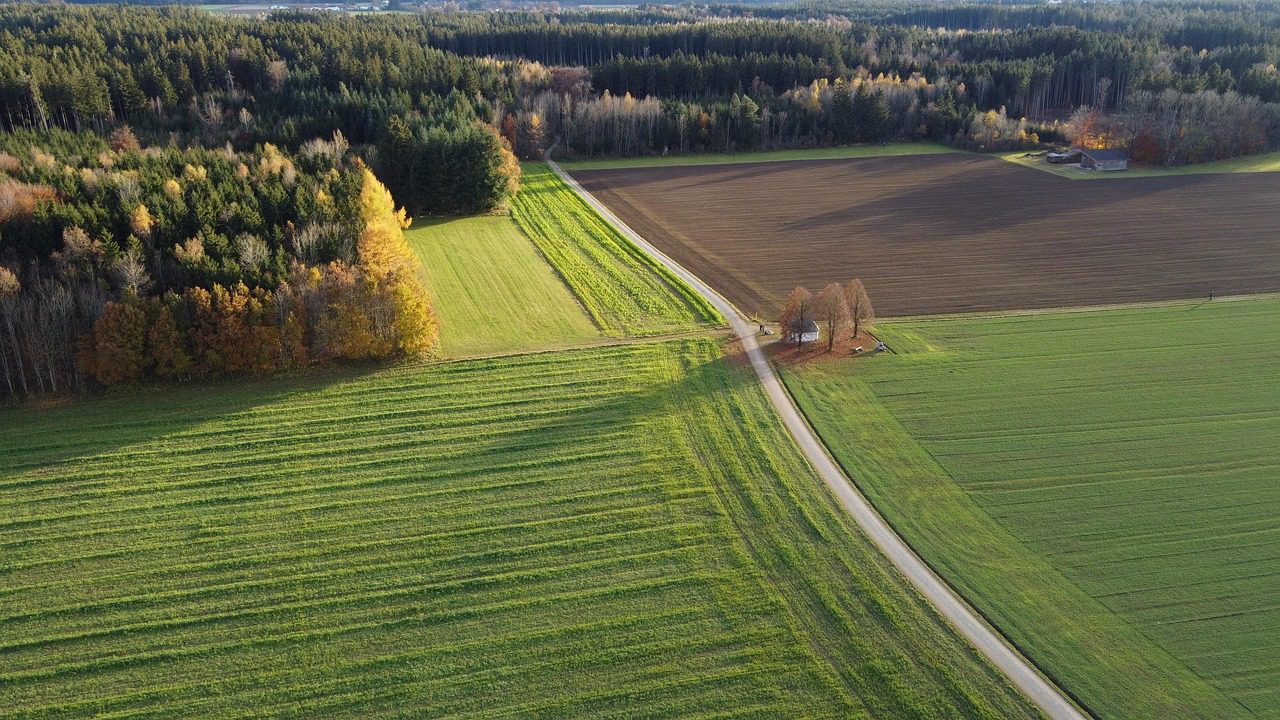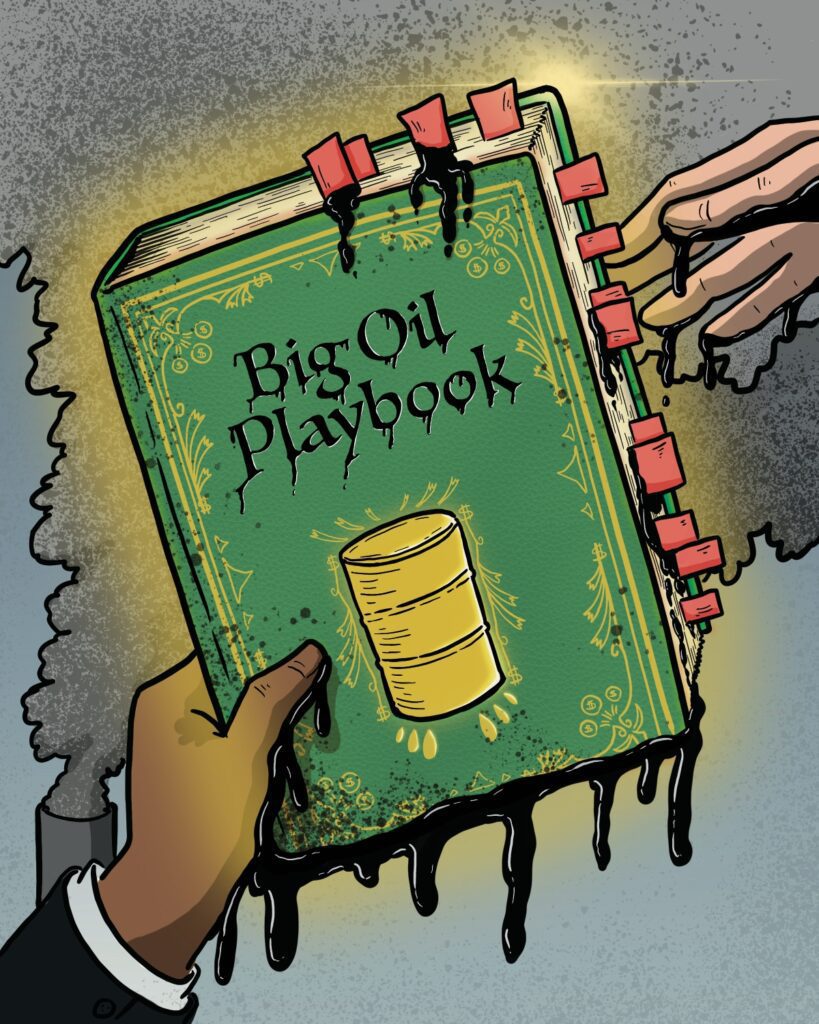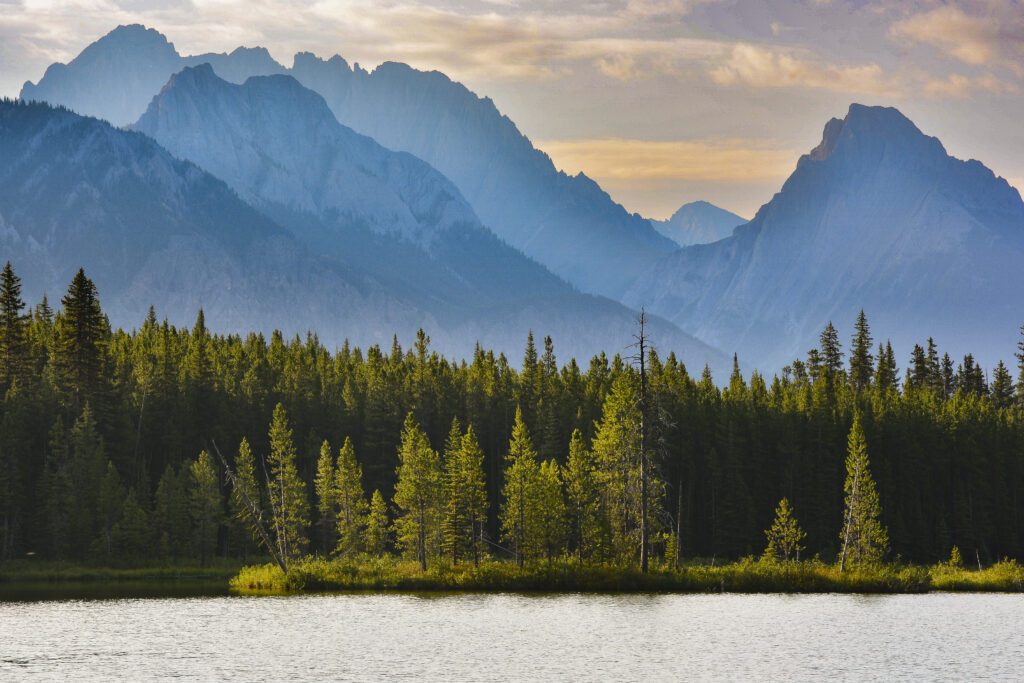This blog is co-written by Julia Levin, Associate Director, National Climate at Environmental Defence Canada, and James Hannay, Policy Assistant at the National Farmers Union.
There has been a lot of talk about a massive carbon capture and storage hub being proposed by the Pathways Alliance in Northern Alberta. It would be one of the largest projects of its type in the world. Missing from the conversation is the fact that the project would threaten the water of tens of thousands of Albertans, including farmers, yet the Alberta government has refused to conduct an environmental assessment.
Groundwater is a vital resource in Alberta, supplying various domestic, municipal, agricultural and industrial water needs. More than 600,000 rural Albertans depend on groundwater for drinking water purposes.
The current plans include injecting the CO2 into deep aquifers near Cold Lake, Alberta – an area that boasts hundreds of thousands of acres of high quality farmland and around 700 farms.
One of the risks to water associated with permanent carbon dioxide storage is the threat of the injected CO2 leaking into overlying groundwater resources. If CO2 comes into contact with groundwater, it increases the acidity of the water. This acidity can cause toxic metals (e.g. lead and arsenic) to leach into the water, creating an environmental and health hazard if these groundwater resources are used for agricultural, industrial or human consumption.
CO2 is generally injected into deep saline aquifers. Leaks can happen through open faults, fractures and erosional channels, or via manmade or artificial pathways such as abandoned wells. It can also happen at the site of injection or monitoring wells. For example, the Pathways Alliance is anticipating they will need more than a dozen injection wells.
With the permanent storage of CO2 being relatively new, there is limited data available on the frequency of these leaks. However, in 2024 leaks were detected at the first commercial CO2 storage site in the United States, due to corrosion. In response, a 12 month moratorium on carbon capture projects was passed to protect the nearby aquifer from the risks of leaking carbon dioxide.
Similarly, the State of Queensland in Australia permanently banned carbon sequestration projects in the Great Artesian Basin – Australia’s largest groundwater basin, finding that the risk of causing irreversible changes in water quality was just too high. The move – which was applauded by farmers’ organisations in Australia – came after the State blocked a plan to pump more than 110,000 tonnes of carbon dioxide underground per year in the area. In comparison, the Pathways Alliance is proposing the injection of almost ten times as much CO2, or 1 million tonnes per year.
Beyond the risk of leakage, an increase in carbon capture infrastructure risks posing additional stress onto Alberta’s already stressed watersheds.
Vast amounts of water is necessary to capture carbon dioxide. For example, it has been estimated that retrofitting a coal-fired power plant with CCS would increase water use by 25 to 200 per cent. Oil and gas companies operating in Alberta already require a significant amount of water. Just four oil companies used 200 billion litres of Alberta’s freshwater in 2022. It is difficult to justify the use of high volumes of water for CCS when the Cold Lake region experienced moderate to severe drought conditions throughout the 2024 growing season. Water is being redirected from farms where it is needed for farmer livelihood and food production.
CCS is basically a waste management strategy for polluting industries. Much attention has been paid to carbon capture’s role – or lack thereof – in addressing greenhouse gas pollution.
But threats to water have received far less attention. To ensure these risks are properly understood, fulsome environmental assessments must be required before any projects are approved.
Yet the Government of Alberta refused to conduct an environmental assessment of the massive Pathways hub last year. That prompted a coalition of First Nations to officially request that the federal government intervene. The Government of Canada has the power to designate the project for federal impact assessment, under the Impact Assessment Act. A decision on whether they will move ahead with a federal review should come later this winter. Given the provincial government’s abdication of their responsibility, the federal government must step in and use their power to ensure the health and safety of people in Alberta.









